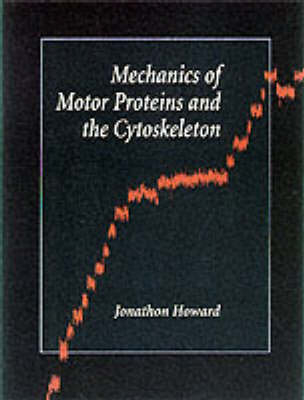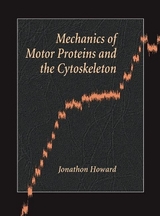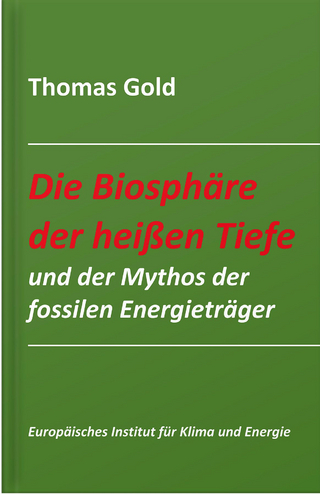
Mechanics of Motor Proteins and the Cytoskeleton
Seiten
2001
Sinauer Associates Inc.,U.S. (Verlag)
978-0-87893-334-1 (ISBN)
Sinauer Associates Inc.,U.S. (Verlag)
978-0-87893-334-1 (ISBN)
- Titel erscheint in neuer Auflage
- Artikel merken
Zu diesem Artikel existiert eine Nachauflage
A text students who want to learn about the principles of protein mechanics and how it applies to the morphology and motility of cells. Unlike most books in this field, it aims to provide a physical foundation for molecular mechanics, rather than a study of macroscopic systems.
This text is for biology, biochemistry and chemistry students who want to learn about the principles of protein mechanics and how it applies to the morphology and motility of cells. Understanding how motors and the cytoskeleton operate requires mechanical concepts such as force, elasticity and damping. Introductory physics textbooks address these concepts, yet they are concerned primarily with macroscopic systems, whose motions are qualitatively different from the highly damped, diffusive motion of individual molecules; this book provides a physical foundation for molecular mechanics. Part I explains how small particles like proteins respond to mechanical, thermal, and chemical forces, Part II focuses on cytoskeletal filaments, and Part III focuses on motor proteins. The treatments are unified in the respect that they are organized around principles rather than proteins: chapters are centered on topics such as structure, chemistry, and mechanics, and different filaments or motors are discussed together.
This text is for biology, biochemistry and chemistry students who want to learn about the principles of protein mechanics and how it applies to the morphology and motility of cells. Understanding how motors and the cytoskeleton operate requires mechanical concepts such as force, elasticity and damping. Introductory physics textbooks address these concepts, yet they are concerned primarily with macroscopic systems, whose motions are qualitatively different from the highly damped, diffusive motion of individual molecules; this book provides a physical foundation for molecular mechanics. Part I explains how small particles like proteins respond to mechanical, thermal, and chemical forces, Part II focuses on cytoskeletal filaments, and Part III focuses on motor proteins. The treatments are unified in the respect that they are organized around principles rather than proteins: chapters are centered on topics such as structure, chemistry, and mechanics, and different filaments or motors are discussed together.
JONATHON HOWARD is Professor of Physiology and Biophysics at the University of Washington in Seattle.
Preface - Introduction - PART I: PHYSICAL PRINCIPLES - Mechanical Forces - Mass, Stiffness, and Damping of Proteins - Thermal Forces and Diffusion - Chemical Forces - Polymer Mechanics - PART II: CYTOSKELETON - Structures of Cytoskeletal Filaments - Mechanics of the Cytoskeleton - Polymerization of Cytoskeletal Filaments - Force Generation by Cytoskeletal Filaments - Active Polymerization - PART III: MOTOR PROTEINS - Structures of Motor Proteins - Speeds of Motors - ATP Hydrolysis - Steps and Forces - Motility Models: From Crossbridges to Motion - Afterword - Appendix - Bibliography - Index
| Erscheint lt. Verlag | 17.5.2001 |
|---|---|
| Zusatzinfo | 184 illustrations, bibliography, index |
| Verlagsort | Sunderland |
| Sprache | englisch |
| Maße | 181 x 243 mm |
| Gewicht | 929 g |
| Themenwelt | Naturwissenschaften ► Biologie ► Biochemie |
| ISBN-10 | 0-87893-334-4 / 0878933344 |
| ISBN-13 | 978-0-87893-334-1 / 9780878933341 |
| Zustand | Neuware |
| Haben Sie eine Frage zum Produkt? |
Mehr entdecken
aus dem Bereich
aus dem Bereich
Buch (2023)
TvR Medienverlag Jena
27,00 €



